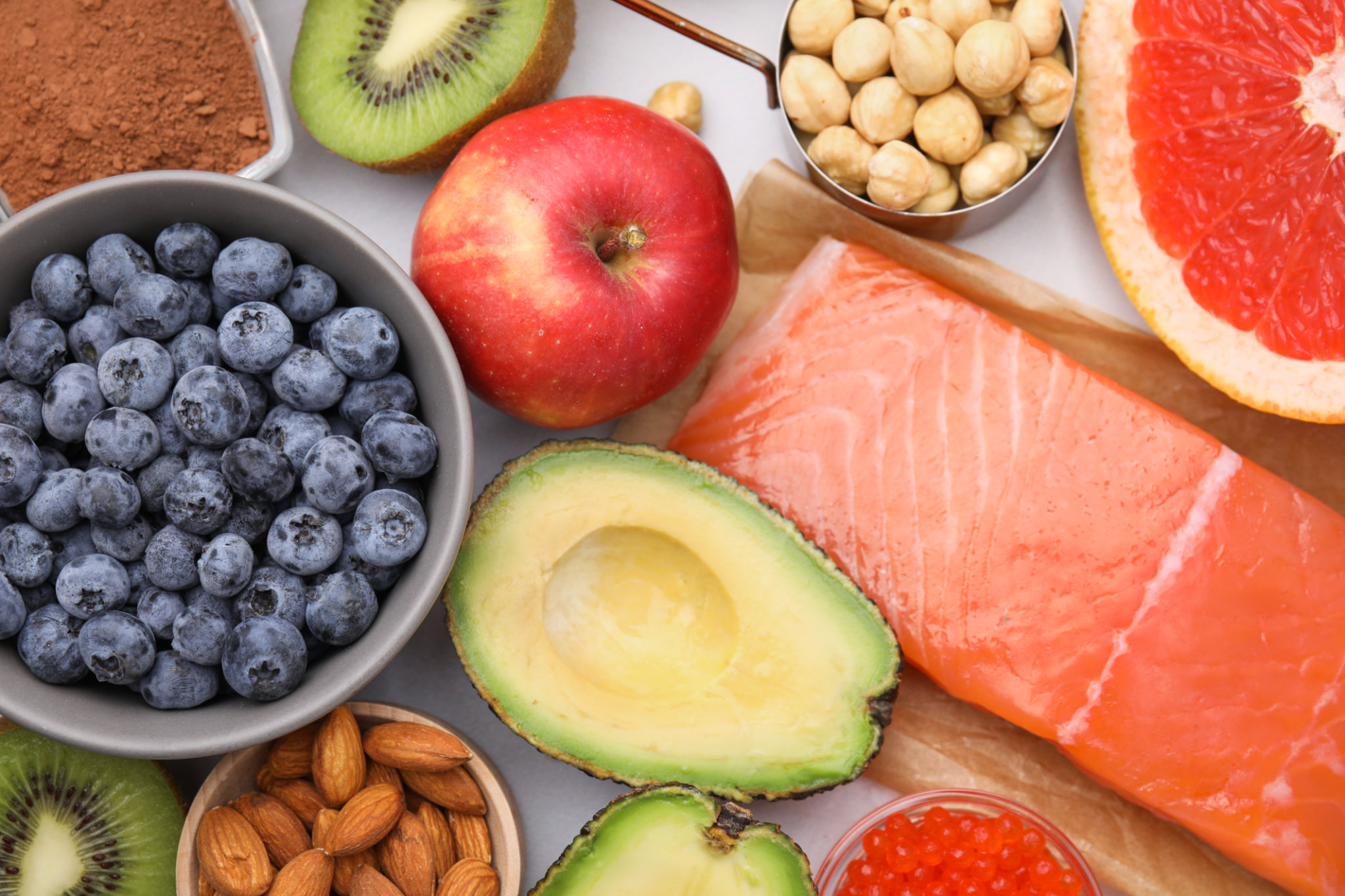Refeeding Recipes: Common Mistakes and How to Avoid Them
Understanding Refeeding Recipes
Refeeding is a critical process that follows a period of fasting or restrictive dieting, aimed at replenishing nutrients and restoring metabolic balance. It's an essential phase for anyone seeking to transition back to regular eating habits after a diet. However, crafting refeeding recipes can sometimes be tricky, leading to common mistakes that may hinder progress.
It's important to approach refeeding with a well-thought-out plan. Without proper guidance, you risk overwhelming your system, which can lead to adverse effects. Here, we explore some of the most common mistakes made during the refeeding process and how to avoid them for optimal health benefits.

Mistake 1: Eating Too Much Too Soon
One of the most frequent mistakes during refeeding is consuming too much food too quickly. When transitioning out of a fasting state, the body is not immediately ready to handle large meals, which can lead to discomfort and digestive issues.
How to Avoid This Mistake
Start with small, nutrient-dense meals that are easy to digest. Gradually increase portion sizes over several days, allowing your body time to adjust. Focus on foods rich in fiber, such as fruits and vegetables, to aid digestion and prevent overeating.
Mistake 2: Ignoring Macronutrient Balance
Refeeding requires a careful balance of macronutrients—proteins, fats, and carbohydrates—to restore energy levels and rebuild muscle tissue. Many people make the mistake of prioritizing one macronutrient over others during this phase.

Maintaining the Right Balance
Ensure your meals include a balanced proportion of all macronutrients. A good guideline is to aim for meals that are approximately 40% carbohydrates, 30% protein, and 30% fats. This balance supports energy replenishment and muscle recovery.
Mistake 3: Overlooking Micronutrients
While macronutrients often take center stage, it's equally important not to neglect micronutrients such as vitamins and minerals. These are crucial for maintaining overall well-being and supporting the body's recovery processes.
Incorporating Micronutrients
Include a variety of colorful fruits and vegetables in your meals to ensure you're getting a wide range of vitamins and minerals. Foods like leafy greens, berries, nuts, and seeds are excellent sources of essential micronutrients.

Mistake 4: Lack of Hydration
Proper hydration is often overlooked during refeeding but is vital for facilitating digestion and nutrient absorption. Dehydration can slow down the refeeding process and affect overall health.
The Importance of Staying Hydrated
Make it a habit to drink plenty of water throughout the day. Herbal teas and broths are also beneficial as they provide additional nutrients while keeping you hydrated. Aim for at least 8-10 glasses of water daily, adjusting based on activity level and climate.
Conclusion: Crafting Successful Refeeding Recipes
A successful refeeding plan requires attention to detail and an understanding of your body's needs. By avoiding these common mistakes and following a structured approach, you can ensure a smooth transition back to regular eating.
Remember, refeeding is not just about eating; it's about nourishing your body with the right nutrients in the right amounts. With these tips in mind, you'll be well on your way to creating effective refeeding recipes that support your health goals.